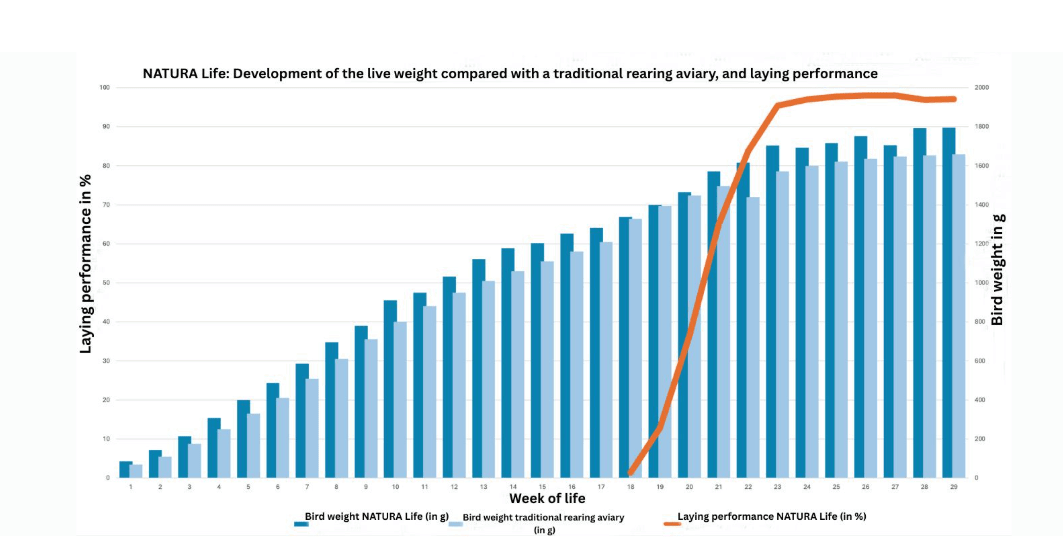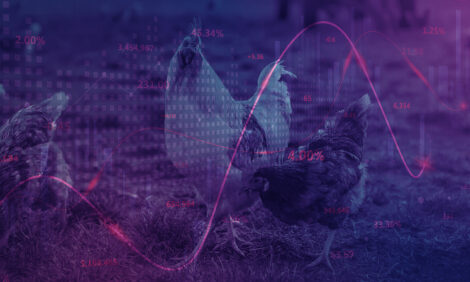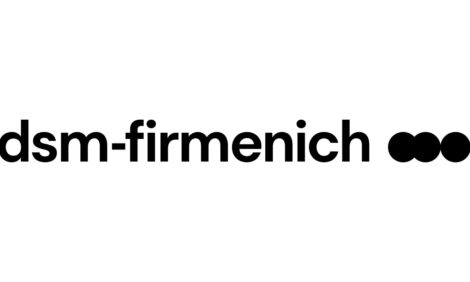



Bird welfare re-imagined: one single aviary system for the entire life of a laying hen
Natura Life unites rearing and egg productionIs it possible to keep layers in a single system from the beginning, i.e. from the hatching egg just before hatching to the end of the laying period? Yes, it is! Big Dutchman has developed Natura Life, a combined aviary system for rearing and egg production, which was first presented in November 2024, at the EuroTier show in Germany.
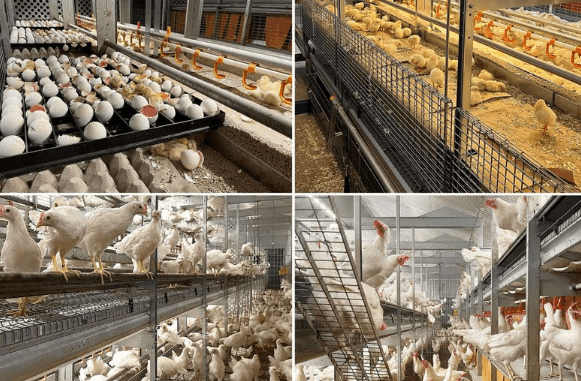
The Claessens-Jenniskens family from the Netherlands had asked themselves the same question. Their name is well-known in the Dutch poultry industry: the Claessens-Jenniskens family business has been rearing pullets and producing eggs since 1985.
Bird welfare
The interest of both Big Dutchman and the Claessens-Jenniskens family was aroused. The two parties discussed the requirements for such a combined aviary and then tackled the technical realisation.
It quickly became obvious that the system had to remain primarily a laying aviary, because after approx. 17 weeks of rearing, the needs of the layers are clearly in the foreground. This includes, for example, the optimal nest for egg laying and the correct arrangement of feed troughs and nipple drinkers. The engineers therefore used an existing laying aviary concept as a basis, endeavouring to make as many adjustments as necessary for the rearing phase but as few changes as possible for the laying phase.
Field testing
In the summer of 2023, a test system was set up in the so-called “Eggsperience Center” on the Claessens farm. A period of intensive cooperation began. The Claessens family and the responsible product management team from Big Dutchman closely monitored the entire rearing phase. The goal was to ensure that conditions for both the day-old chicks and the pullets were as ideal as possible.
Several questions needed answers:
- Can the chicks reach feed and water easily?
- When can the individual areas of the aviary system be opened for the growing pullets so that they get to know the entire aviary as early as possible, learning to jump and to fly?
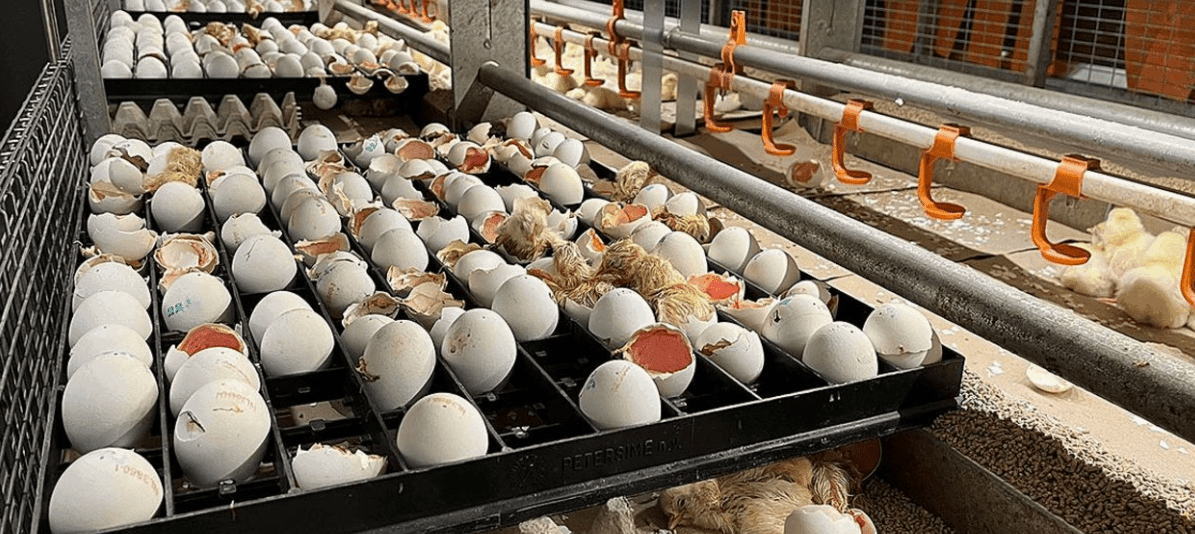
Of course, some technical solutions of the first test system were still in need of improvement. After various modifications, the next flock of around 2,000 birds was moved into the aviary in March 2024. The Pluriton hatchery supplied the hatching eggs.
Three days later, a control group from the same hatch was placed in a conventional rearing aviary on the Claessens farm. This made it possible to compare whether the pullets in the new system developed just as well or perhaps even better than in a pure rearing aviary.
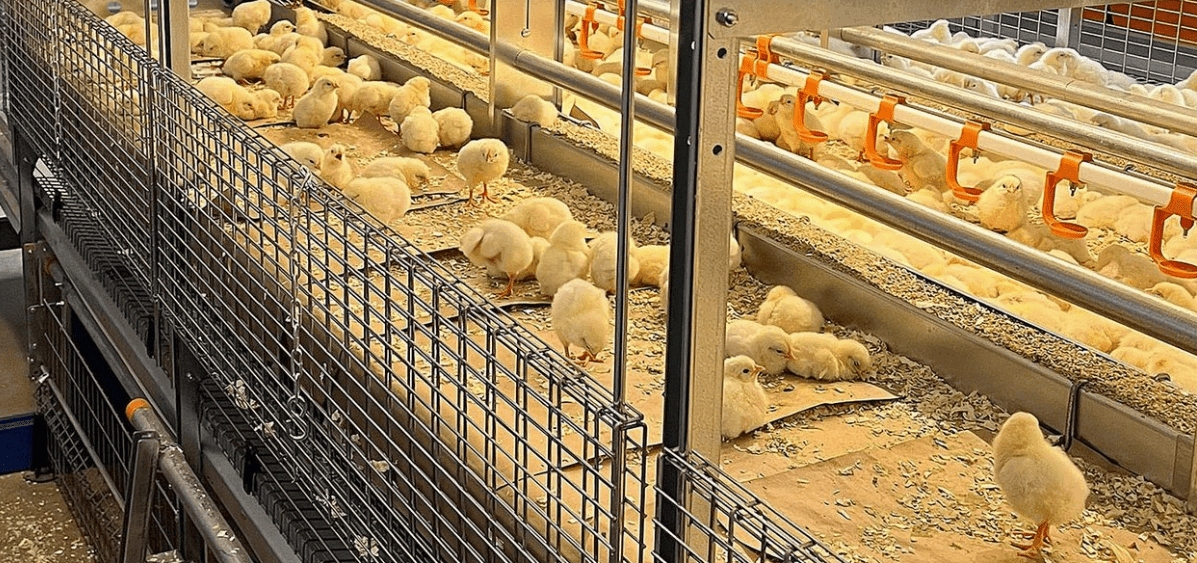
Results
The comparison showed
- an above-average weight development in Natura Life;
- fewer rearing losses compared with the control group;
- that the birds achieved their full potential very quickly and had a stable laying performance;
- a laying performance that was slightly higher than in the control group.
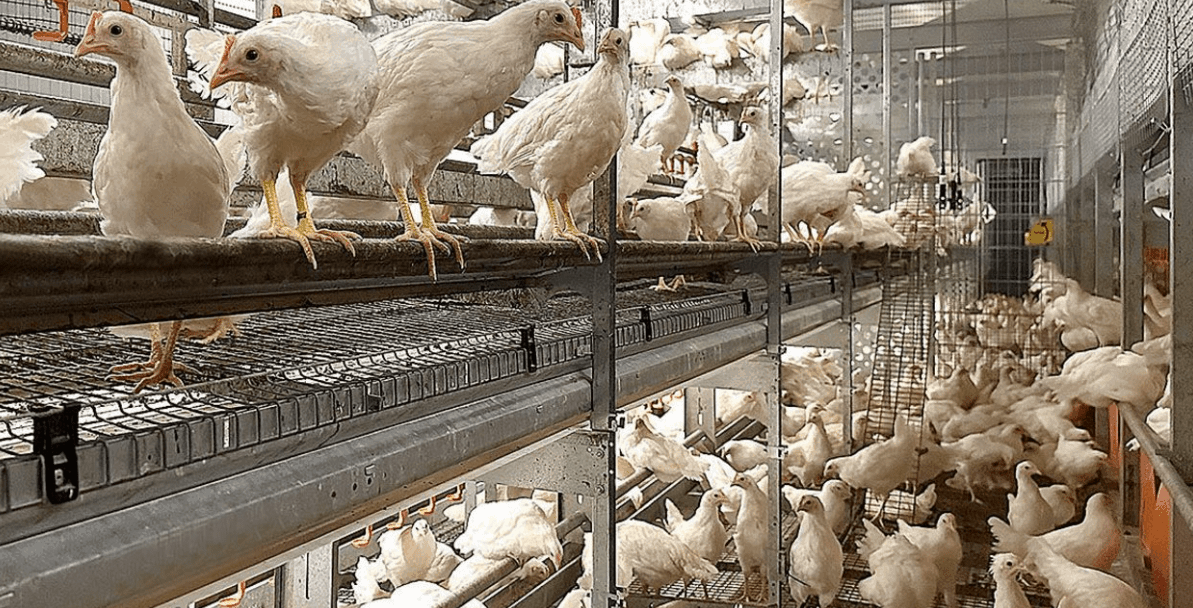
From today’s perspective, it can be concluded that production results in NATURA Life are at least as good as when rearing and egg production are separated. The technology is not the only decisive factor, however. Aspects such as welfare, hygiene, sustainability as well as professional management and a regular exchange with other experts also play a significant role.
Important advantages at a glance:
No more transports
The birds remain in the same house for their entire lives, which means:
- no transport of day-olds or pullets;
- no new house for the flock;
- no familiarisation with a new aviary type for the pullets;
- no differing ambient conditions or new hygienic environment.
During the transition to the laying phase, the pullets can continue to grow without being affected by the challenges of changing houses and familiarising themselves with a new environment. This also reduces the risk of infection.
And from an economic point of view, transport costs are saved!
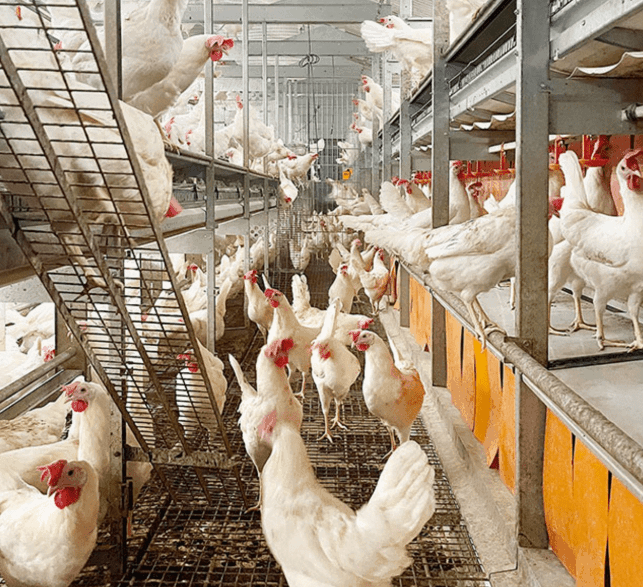
Animal welfare
The birds do not need to establish a new hierarchy at the start of the laying phase. They are in a familiar environment and already know the nest for laying eggs. This is also reflected in the aforementioned continuous weight development during this challenging time for the laying hens. The feed can be adjusted more accurately to the birds’ needs.
Of course, there are two sides to every coin. This also applies to Natura Life. The new aviary type is certainly not the right choice for every egg producer. It should be kept in mind, for example, that no eggs are produced in the first 17 weeks. This can be an issue for smaller farms with a fixed customer base.
The climate requirements are also much more differentiated. Day-old chicks need a much warmer house, i.e. heating is necessary. The demands on the producer and staff are also much higher. It’s not sufficient for the farmer to just be familiar with rearing or egg production; they must be a professional in both areas.
Marketing
For farmers who want to stand out from conventional egg production, the combined rearing and laying aviary NATURA Life can be an interesting niche. The system is characterised by a high level of welfare and sustainability. The concept works as a “closed system”, with advantages that are similar to pig production, for example.
In addition, the highly specialised structures of alternative egg production as they are common in Europe are not always available in other regions of the world. This new concept can offer newcomers in alternative egg production an opportunity that does not depend on established structures.
